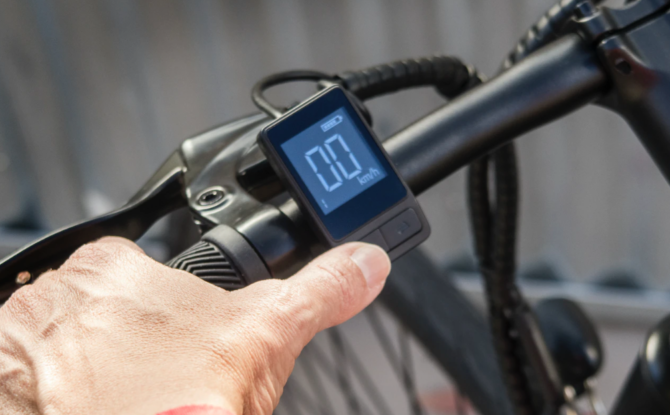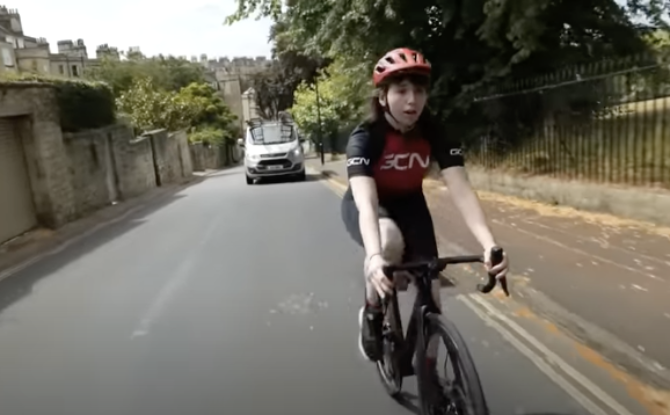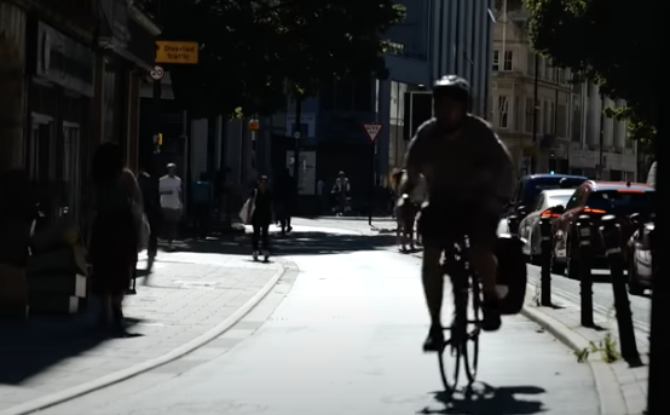From MomentumMag.com
In bustling bicycle-friendly cities such as Copenhagen and Amsterdam and many other cities worldwide, cycling is not just a mode of transportation; it’s a way of life. However, with the convenience, quality of life and health benefits of cycling come unique challenges, chief among them being the prevalence of theft, wear and tear, and inadequate bike parking facilities. In such environments, investing in an inexpensive “beater” bike for commuting emerges as a pragmatic solution to safeguarding against potential losses and inconveniences. And, really, seems a natural to help people from stressing too much about their bicycles while at work or play.
The Peril of Theft
One of the foremost concerns for cyclists in urban areas is the rampant theft of bicycles. Amsterdam, often hailed as a cycling paradise, like many urban centres around the world, also grapples with a high rate of bike theft. Despite the presence of large bike parking facilities that leave cyclists around the world in awe, security measures are just as lax as other areas, leaving bikes vulnerable to theft. The sad truth is that even the most robust locks cannot guarantee the safety of a valuable bike in such environments.
But that’s just the thing that Amsterdam and Copenhagen residents know but North Americans for the most part are still figuring out, many commuters opt for inexpensive “beater” bikes – sturdy, functional bicycles that serve their purpose without breaking the bank.
The whole idea of the “Dutch bike” isn’t something fancy and made special for Dutch bicyclists. It’s the idea of it being a simple utilitarian bicycles that looks like every other bicycle, is easy to operate and makes thieves basically keep on walking when they see it.
These bikes are less attractive targets for thieves due to their lower resale value, providing cyclists with a degree of peace of mind on two levels as they navigate the city streets. First, it is unlikely to get stolen compared to other more expensive models, and, second, if it does it is easily replaced.
Perhaps the name “beater bike” needs to change? Certainly, Dutch bike has a nicer ring to it.
Photo by Dovile Ramoskaite on Unsplash








